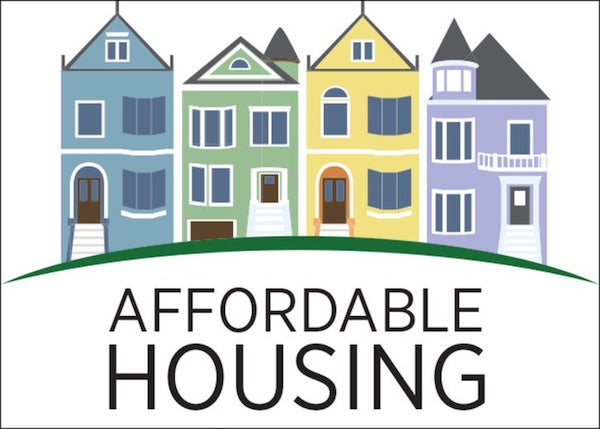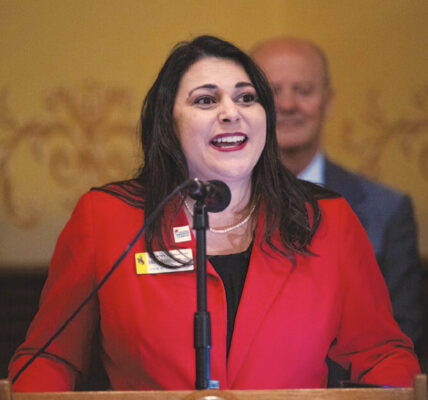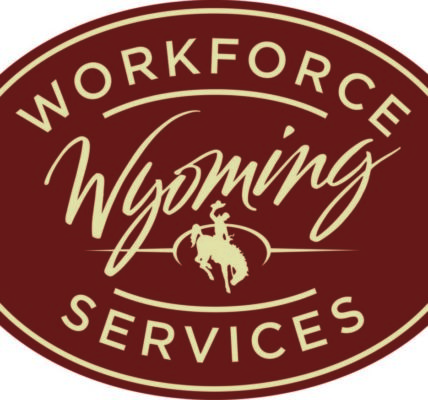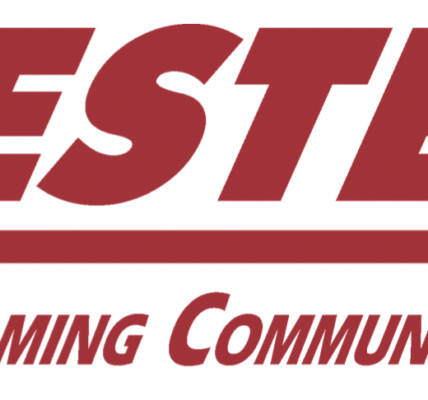By Carrie Haderlie
The Sheridan Press
Via- Wyoming News Exchange
SHERIDAN — A raft of bills addressing Wyoming’s housing shortage is headed for the 2025 legislative session.
One would make it harder for residents to protest new housing developments. The zoning protest petition bill is, in part, a response to a stunted 2023 plan by a Cheyenne developer who wanted to build an apartment complex with exercise facilities, a swimming pool and up to 195 units as workforce housing. Those apartments were never built, largely derailed by neighbors in opposition to the development.
“Last year, there was a (Southeast Wyoming Builders Association) member who tried to get an apartment complex put on 10 acres of vacant, blighted property, turning it into a much needed housing apartment project,” Dan Dorch, with the Southeast Wyoming Builders Association, told the Joint Appropriations Committee Dec. 12.
“That was stopped by the zoning protest petition,” Dorch said.
The bill would amend the statute governing zoning protest petitions within cities and towns, according to LSO staff Talise Hansen, requiring those eligible to sign a protest petition to “demonstrate a concrete and particularized harm” to a new development, rather than simply proximity to a project.
Dorch said his organization supports the bill, mainly because the current protest procedure can mean delays – if not total cancellation of projects – equalling added costs for builders.
Another bill would allow for single-stair apartment facilities in the state, where currently, apartment facilities must have two stairwells, most often one on each side of the building. Recent research shows facilities with a single stairwell in the center can offer more units without sacrificing safety, Alex Horowitz, project director at the Pew Charitable Trusts, told the Appropriations Committee. That committee voted to send the multi-family, single stairwell exit bill to the House for introduction.
According to Horowitz, 67% of households in Wyoming have only one or two people in them, but just 23% of housing stock in the state is multi-family. That proportion is high relative to other states, meaning the state needs more multi-family dwellings. Single-stair research by Pew has shown the same fire death rate as other multifamily units with double staircases, and lowered costs of about 6-13% for small apartment buildings.
Often, single stair facilities have better ventilation and more natural light, can include more family-sized units, and can be built as smaller buildings, which is better for infill development, Horowitz said.
Joint Appropriations Committee Chairman Sen. Dave Kinskey, R-Sheridan, spoke in favor of the bill. Double stairwells, he said, are included in the International Building Code, which he said he was not able to circumvent as Sheridan mayor.
“What else can you tell us is in the building code that’s unnecessarily raising costs and really not affecting any real safety measure?” Kinskey asked Horowitz.
Horowitz replied that the two-staircase requirement is being reviewed by the International Building Code, and only the U.S. and Canada adhere to it. He also described safety protocol for three-story and larger apartment complexes, and how it is changing under new research.
Both the protest and stairwell bills emerged from the work of the Regulatory Reduction Task Force, a group created by the Legislative Management Council in March of 2023 to weed out clunky, outdated and over-regulated law.
A third piece of legislation heading for the 2025 legislative session would expand Wyoming’s Urban Renewal Code to include a provision that tax increment financing could be used for affordable housing. Tax increment financing (TIF) is a public financing method used as a subsidy for redevelopment, infrastructure and other community-improvement projects.
“This (bill would) not be a change in taxes due, but a change in where those tax dollars are distributed,” Ken Guille with the Department of Revenue said during a meeting of the Joint Corporations, Elections and Political Subdivisions Interim Committee, the sponsoring body for the legislation.
According to Sheridan Mayor Richard Bridger, affordable housing is an “essential issue” for the city, but his office is “waiting for more details on the proposed affordable housing legislation” before commenting on it. To qualify for TIF, a developer would have to plan to build on a property that had been declared “blighted,” meeting four conditions lined out in the draft legislation. It can be difficult to find blight on lands that are going to be used for housing, as they are often open land.
“(But) the lack of affordable housing in our communities is blight,” Cheyenne Mayor Patrick Collins told the committee. “We’re not able to create a workforce because we have no place for people to live.”
According to Josh Dorrell, CEO of the Wyoming Business Council, housing shortages in Wyoming are a barrier to economic development, and many challenges exist at the local level. There are zoning issues, as addressed in the protest bill, as well as over-regulation addressed by the stairwell bill.
“We all need to work together, with mayors and city managers at the local level, to find solutions,” Dorrell said. “None of these problems are simple, and it is going to take multiple agencies and multiple groups to rally around solutions.”
Finally, a bill making revisions to the property tax refund program passed in 2024 would reduce the property tax reduction program income qualification from 165% to 145%. That bill is “simply a cleanup bill and does not change the refund program,” according to Brenda Henson, director Wyoming Department of Revenue.
In 2024, Gov. Mark Gordon exercised his line item veto, eliminating the refunds for the 165%, leaving 145% the highest tier in the program.
In an overview of property tax relief Henson gave at a November Joint Revenue Committee meeting, she said that Wyoming lost $2.5 billion in assessed value in mineral taxation from 2023 to 2024. In Sheridan County, 75.57% of assessed value is related to residential properties.
Property tax relief came in several forms in 2024, and a 4% cap residential cap on property value increases meant the state did not collect $18.9 million over the last year.
“We know exactly how much assessed value was exempted in each county,” Henson said.
Based on an average mill levy of 67.463, tax dollars exempted under the 4% cap in Sheridan County was $301,088. In Teton County, that number was close to $8 million, but in most Wyoming counties, dollars exempted did not surpass $1 million.
“(That was) almost $19 million in taxes exempted in 2024 taxpayers. Taxpayers didn’t have to do anything” to receive those exemptions, she said.





